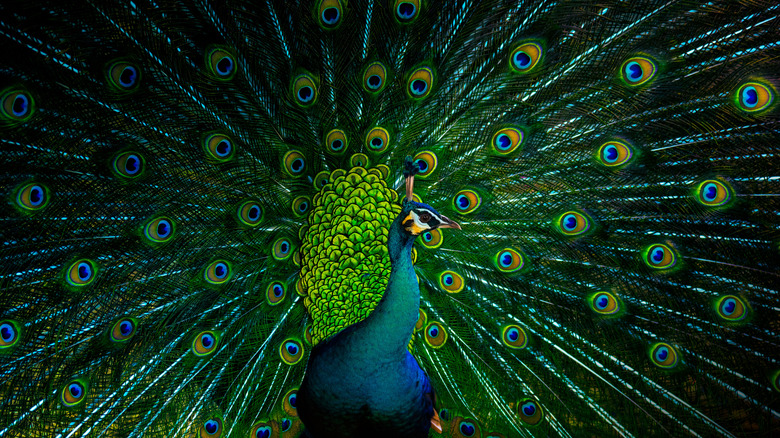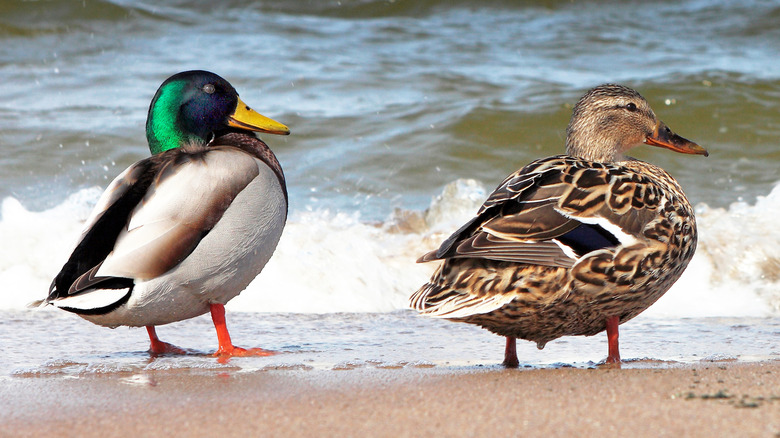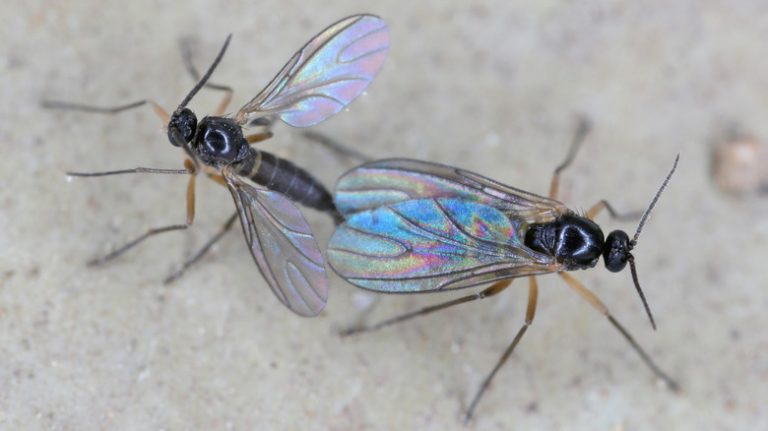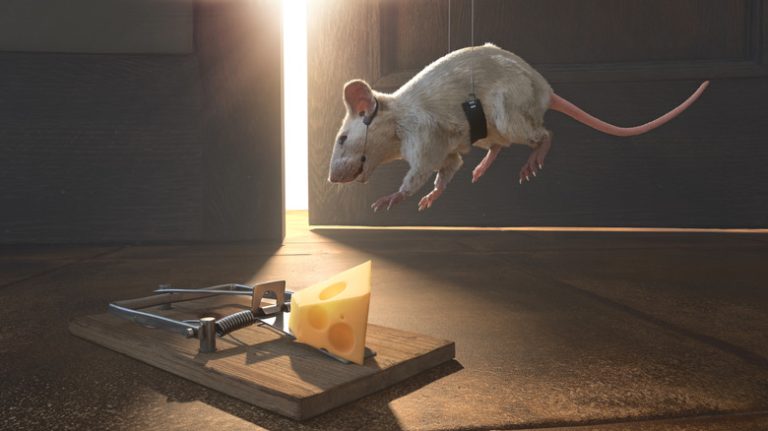
Male birds, for the most part, are more colorful and flamboyant than their female counterparts. Compared to the striking features of a peacock, a gray-brown peahen appears quite plain. Likewise, the brown-feathered head of a female mallard duck pales in comparison to a male’s vibrant emerald green crown. However, not all bird species exhibit such dramatic sexual dimorphism. For instance, the difference between male and female blue jays is subtle and often requires understanding their behavior to distinguish one from the other. Despite these exceptions, colorful males are typically the norm, and the more colorful they are, the better.
The vivid colors observed in many male birds are tools of natural selection, helping to attract potential mates. Brilliant plumage is often associated with health and vitality, and it can even indicate a nutritious diet. Birds derive yellow, orange, and red colors from carotenoids, pigments found in various seeds, fruits, and insects. Therefore, these colors suggest that the male is an adept forager and capable of providing for a family. Since male birds generally outnumber females, colorful plumage plays a crucial role in competing for the limited pool of mates.
However, emerging research is revealing that bird coloration is more complex than previously thought. A 2020 study published in Science showed that in canaries, females possess a gene that breaks down pigment molecules, indicating that females have specifically evolved to be less colorful. This adaptation, while not as eye-catching, might be even more significant than the colorful male plumage.
Why so many female birds look drab

For many male birds, vibrant colors are advantageous, but for females, it is typically the opposite. Females often bear the responsibility of incubating eggs and must vigilantly guard their nests. If these females were as brightly colored as their male partners, they would risk attracting predators and revealing the location of their nests and vulnerable offspring. Therefore, having a drab appearance is an essential protective measure that ensures future generations survive and thrive.
A closer look at the relationship structures in different bird species shows that color is not always a male trait. In some species, such as the button quail and Wilson’s phalarope, roles are reversed, with females exhibiting more vibrant plumage. In these species, males are tasked with incubating the eggs, while females focus on attracting mates. This demonstrates that pigment expression is not inherently a male or female trait, but rather associated with the parent responsible for egg care.
Coloration rules also differ in bird species that form monogamous partnerships and share egg incubation duties. When both parents play equal roles, they often exhibit similar pigmentation. This is observed in bird pairs that mate for life, such as swans and bald eagles. However, one of the most notable exceptions is lovebirds, a species in which both males and females embrace the colorful display together.






